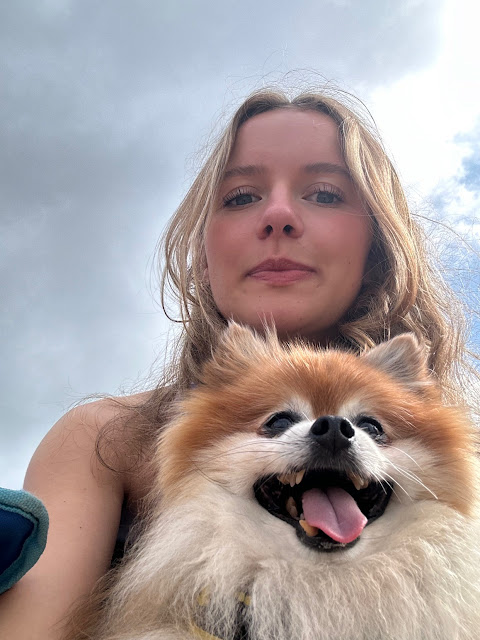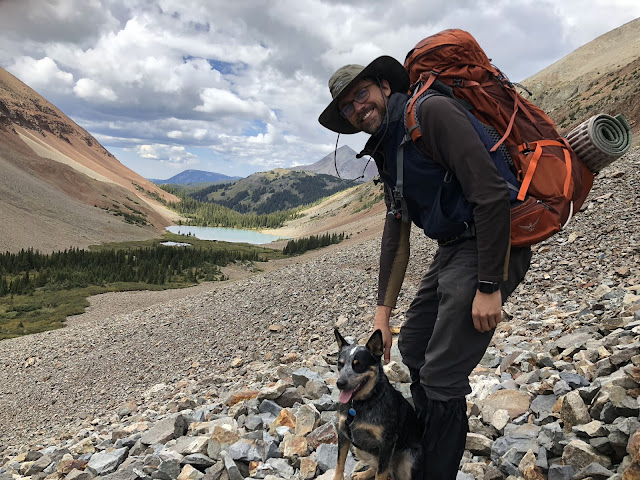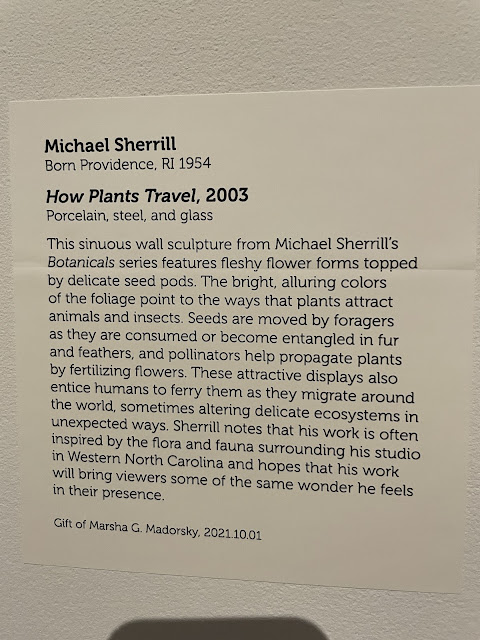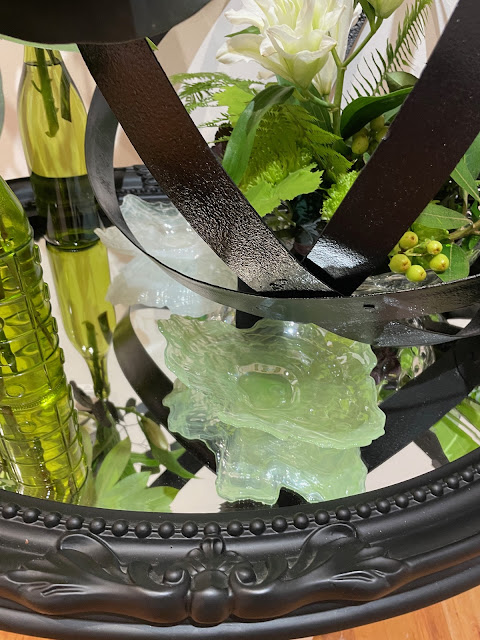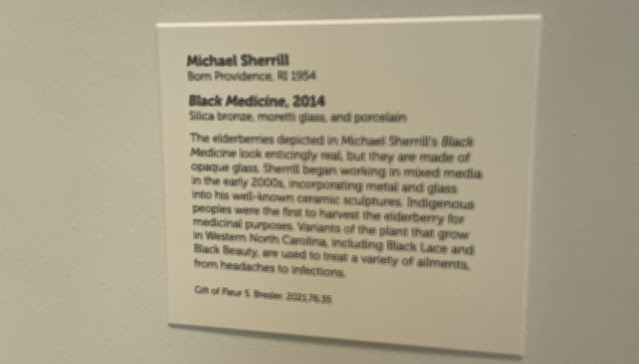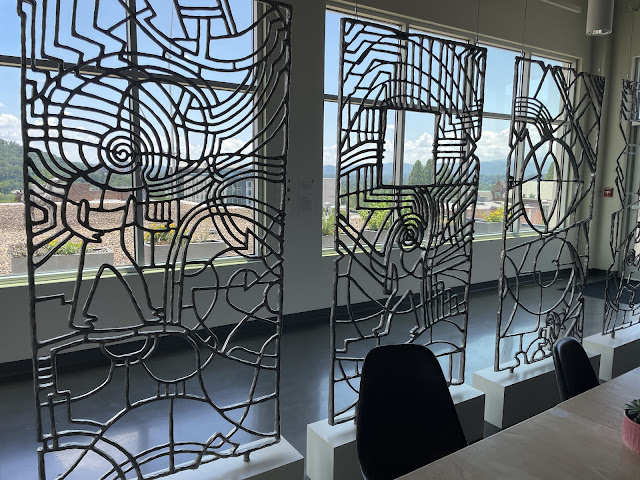At the Asheville Art Museum
-------------------
At the Black Mountain Center for the Arts
Then an extraordinary floral arrangement! details below...
Flowers at Art in Bloom 2025, Center for the Arts, Black Mountain NC
-------------------------
At the Asheville Art Museum...
Sorry, another crummy photo. Michael Sherrill's "Black Medicine, 2014" is below. An amazing artist's branch of life-like Elderberries.
While thinking of linear art...
Interesting screen-work in the cafe' on the top floor of the Asheville Art Museum. Delicious side salad for $3...which was a stand-alone for Helen's vegan lunch. My cheese sandwich added to mine (just $7 more!) There were more pricy items too!
Sculptures on the roof, and a view of a hotel as well as distant mountains in the Blue Ridge. Noon that week meant sitting only in shade, and so we stayed in the air conditioned part of the cafe. The one shady table on the patio side had already been taken.
--------------------------
Today's quote:
Constant apologizing can be a sign that you are not feeling that you have much self-worth.
---------------
Today's old photo:
The Heyms in 2018...visiting near Tampa FL. L to R: Michelle, Audrey, Caroline, Russ, Kate, Doug, Millie, William and Marty. My ex is Doug, and his wife who passed away a few years ago was Millie. Marty and Russ are my sons. Michelle is Russ' wife. The rest are grandchildren!!




